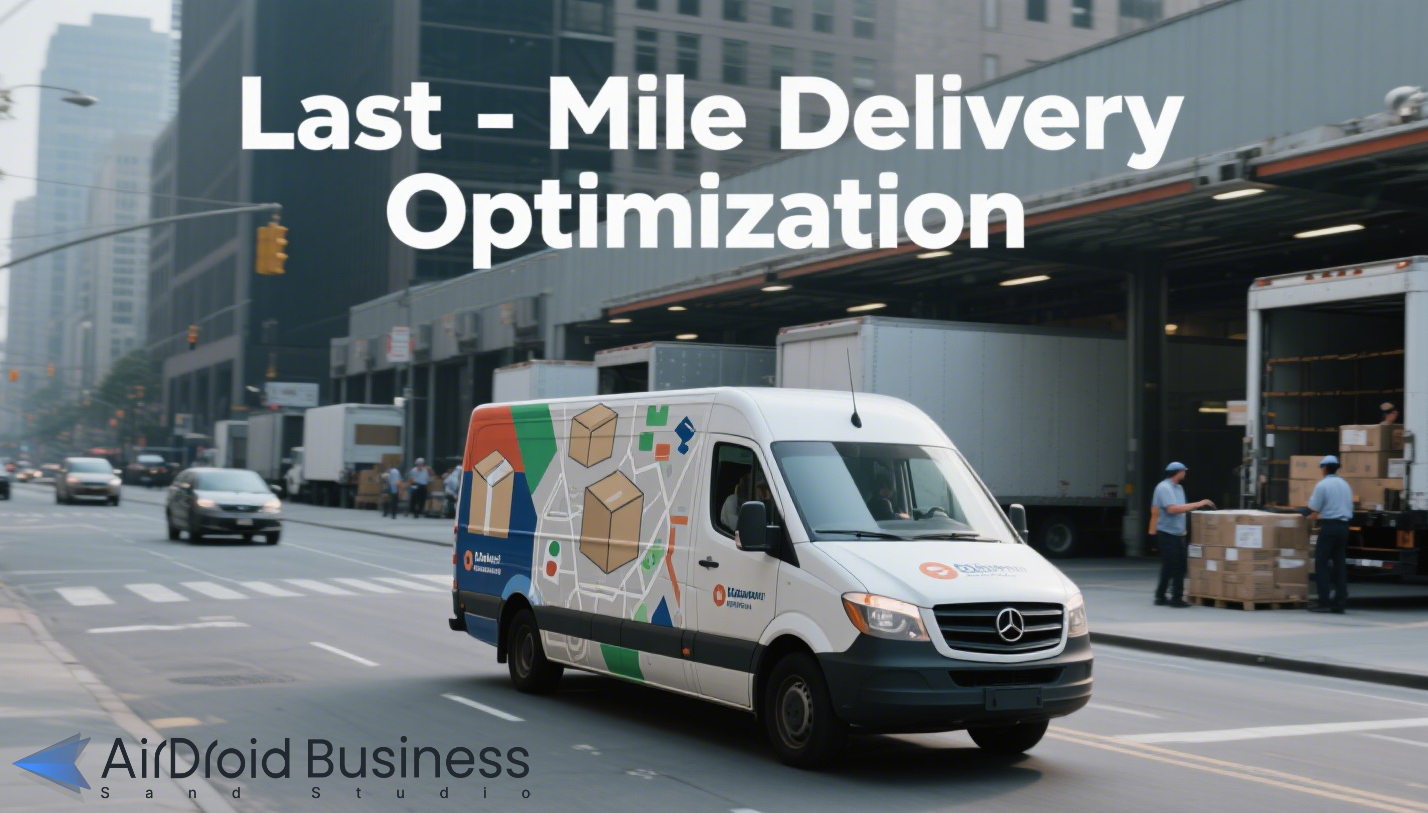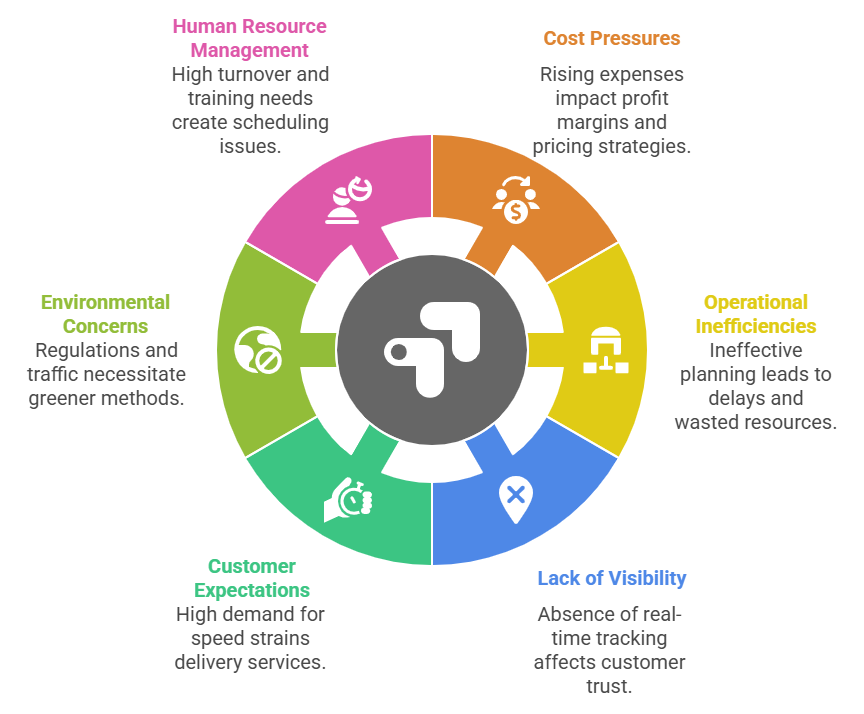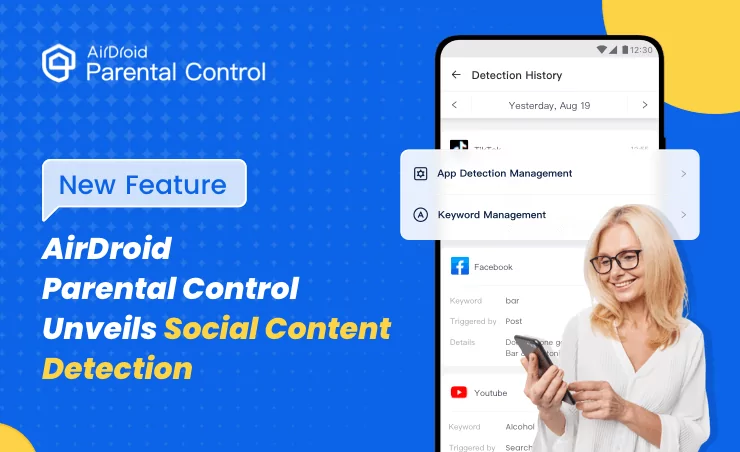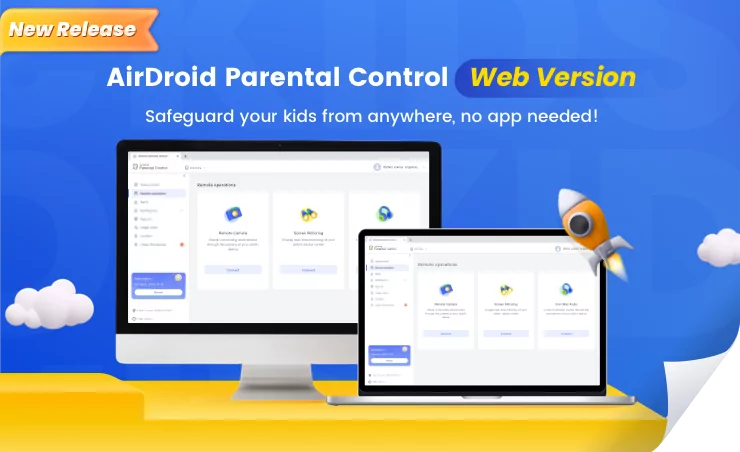Last-Mile Delivery Best Practices: Powered by AirDroid Business
1 The Last Mile: Defining a Critical Logistics Phase
Last-mile delivery represents the final stage in the logistics chain, involving the transportation of goods from a distribution hub directly to the end customer. This phase is pivotal because it directly shapes customer satisfaction and significantly impacts the overall efficiency and profitability of the supply chain.

2 Key Challenges in Last-Mile Delivery
Despite its importance, last-mile delivery faces several significant challenges that can hinder operational efficiency and impact customer satisfaction:

2.1 Cost Pressures
Rising expenses from fuel, labor, and vehicle maintenance can significantly squeeze profit margins. As delivery volumes grow, managing these costs effectively becomes a critical challenge impacting pricing strategies.
2.2 Operational Inefficiencies
Ineffective route planning, outdated processes, and poor fleet management can lead to widespread delays, wasted resources, longer delivery times, and increased operational costs.
2.3 Lack of Visibility
Many companies struggle with real-time tracking of shipments. This absence of visibility often results in miscommunication between customers and delivery personnel, negatively affecting trust and satisfaction.
2.4 Customer Expectations
The rapid growth of e-commerce has set a new standard for delivery speed, with customers frequently expecting same-day or next-day service. Any delays can lead to dissatisfaction and damage to brand reputation.
2.5 Environmental and Traffic Concerns
Increasing regulations regarding emissions and pervasive urban traffic congestion necessitate the adoption of greener and more adaptive delivery methods. Heavy traffic can also lead to unpredictable delivery schedules, further complicating logistics.
2.6 Human Resource Management
High turnover rates among delivery drivers create persistent scheduling challenges and escalate training costs. Additionally, there's a continuous need to equip drivers with new technologies and processes to maintain efficiency.
3 Strategies for Optimizing Last-Mile Operations
To effectively navigate these challenges, businesses can adopt several key best practices:
- Intelligent Route Planning and Optimization: Implement advanced software considering real-time data (traffic, weather, delivery windows) for the most efficient routes.
- Technology Adoption and Digital Transformation: Leverage mobile apps for drivers and customers to enhance communication, streamline operations, and support features like digital proof of delivery.
- Warehousing and Sorting Optimization: Utilize automated sorting systems and strategically located urban micro-fulfillment centers to reduce picking times and accelerate dispatch.
- Innovative Delivery Models: Explore alternative methods such as crowd-sourced delivery, autonomous drones, or integrated parcel lockers to enhance service flexibility and reach.
- Customer Communication and Service: Improve engagement through live tracking and proactive updates, offering flexible delivery options to boost satisfaction.
4 MDM's Pivotal Role in Last-Mile Optimization
Mobile Device Management (MDM) plays a crucial role in optimizing last-mile delivery by providing the essential tools for effective device management, security, and operational efficiency. This is especially true for small logistics companies, which often operate with limited IT resources and rely heavily on the efficiency of their mobile operations and their chosen last mile delivery management software.
4.1 Centralized Management and Application Deployment
* MDM solutions enable managing all mobile devices from a single platform.
* This allows for quick, remote deployment of updates and essential delivery applications, ensuring fleet-wide consistency.
Example: Airdroid Business empowers logistics managers to remotely install, update, and manage delivery-specific apps on hundreds or thousands of devices with just a few clicks.
4.2 Device Security and Data Protection
* An MDM solution ensures devices comply with stringent security standards, safeguarding sensitive customer and operational data.
* It helps maintain compliance with industry regulations.
Example: Platforms like AirDroid Business offer robust security features, including remote lock and wipe capabilities for lost devices, to prevent data breaches.
4.3 Troubleshooting and Remote Support
* Integrated remote support capabilities allow IT teams to swiftly diagnose and resolve device issues remotely, minimizing downtime.
* This helps maintain high delivery efficiency.
Example: AirDroid Business's remote control and remote assistance tools are invaluable, letting technical support troubleshoot driver devices directly, no matter their location.
4.4 Device Monitoring and Performance Analysis
* MDM solutions provide critical insights into device performance, including battery levels, network connectivity, and application usage.
* Continuous monitoring ensures devices remain operational and offers valuable data for analysis.
Example: AirDroid Business offers comprehensive device dashboards and alerts, helping businesses proactively identify and address potential issues before they impact delivery schedules.
4.5 Measurement and Continuous Improvement
* By centralizing device management and providing detailed data on device/application performance, MDM indirectly supports the tracking of key performance indicators (KPIs) relevant to last mile delivery management software.
* This granular data allows businesses to identify areas for improvement within their mobile operations and make informed decisions to continuously enhance their last-mile delivery processes.
5 Conclusion
In conclusion, optimizing last-mile delivery is a multifaceted endeavor that combines strategic planning, agile technology adoption, and a commitment to continuous improvement. By leveraging a powerful Mobile Device Management solution like AirDroid Business, even small logistics companies can significantly enhance their operational efficiency, effectively reduce costs, and ultimately deliver an improved customer experience in this critical segment of their logistics chain.












Leave a Reply.